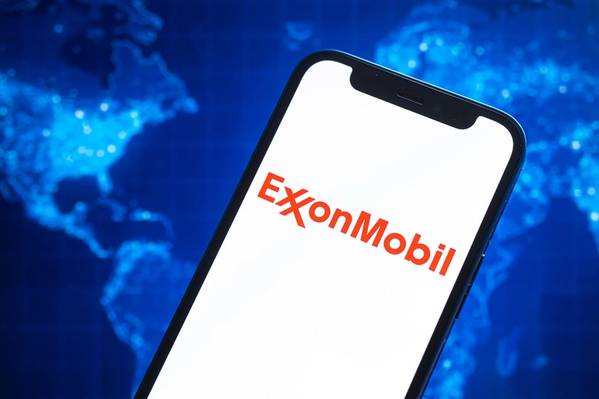
ExxonMobil will target annual project spending of between $22 billion and $27 billion through 2027, the company said in an update that largely continues existing spending and production goals.
The plan leaves out projected gains from the $60 billion acquisition of Pioneer Natural Resources PXD.N, which is expected to close next year. Exxon has received two requests for information on the deal from the U.S. Federal Trade Commission.
The annual forecast is watched closely by investors for its spending and production targets. This year's outlook is keenly anticipated because of deals for Pioneer and carbon pipeline firm Denbury, both of which will underpin long-range targets.
Exxon bought Pioneer in October for nearly $60 billion in a all-stock deal due to close in the first half of 2024, saying it plans to more than triple production in the top U.S. shale field to 2 million barrels per day (bpd) by 2027. Denbury was a $4.9 billion acquisition to buttress its carbon business.
Exxon's estimated production growth for next year excludes about 700,000 bpd of production it would gain from the Pioneer acquisition. That deal would double Exxon's Permian shale oil and gas output to more than 1.3 million bpd, the company has said.
Government support
Exxon's spending outlook will raise outlays for its energy transition unit, called Low Carbon Solutions, to $20 billion between 2022 and 2027, from $17 billion. But the higher spending will require government support.
"We need technology-neutral durable policy support, transparent carbon pricing and accounting, and ultimately, customer commitments to support increased investment," Chief Executive Darren Woods said in a statement.
Exxon will increase its share buybacks to $20 billion annually through 2025, from $17.5 billion currently, after the Pioneer merger closes, the company said. An ongoing divestment plan for its refining operations also will continue.
Shares fell a fraction in pre-market trading on Wednesday. Analysts said excluding Pioneer's contributions, the company's oil and gas production targets were below expectations and spending forecast higher than expected.
Expenditures could potentially go up to $32 billion by 2027, above market expectations, assuming an incremental $4-5 billion in spending for Pioneer's assets, said Biraj Borkhataria, associate director at RBC Capital.
"Exxon will need to convince investors on the merits of the low-carbon spending from here," Borkhataria said in a note.
Exxon projected annual earnings and cash flow to rise by $14 billion through 2027, on a combination of cost cutting, higher oil output from Guyana and U.S. shale and gains in its refining and chemicals business. The company is forecast to post a $37.2 billion profit this year.
Cost cuts will expand by $6 billion through the end of 2027 on top of a $9 billion reduction from 2019 levels. The company slashed project spending and overhead after suffering a historic $22 billion annual loss in 2020.
Shale, Guyana oil gains
The company forecasts production of 3.8 million barrels of oil equivalent per day (boepd) in 2024, from 3.7 million bpd this year, as the top U.S. oil producer bets on a lift from the Permian shale basin and Guyana.
Spending on new projects will expand to between $23 billion and $25 billion next year, with a range that has a mid-point spending of $24.5 billion annually from 2025 through 2027.
The company has said it expected output to be flat until the end of this year, at 3.7 million boepd, due to its withdrawal from Russia.
Exxon officials are expected to provide more detail on the plan in a conference call later in the day.
(Reuters - Reporting by Sabrina Valle and Seher Dareen; Editing by Sriraj Kalluvila, David Evans and Nick Zieminski)



